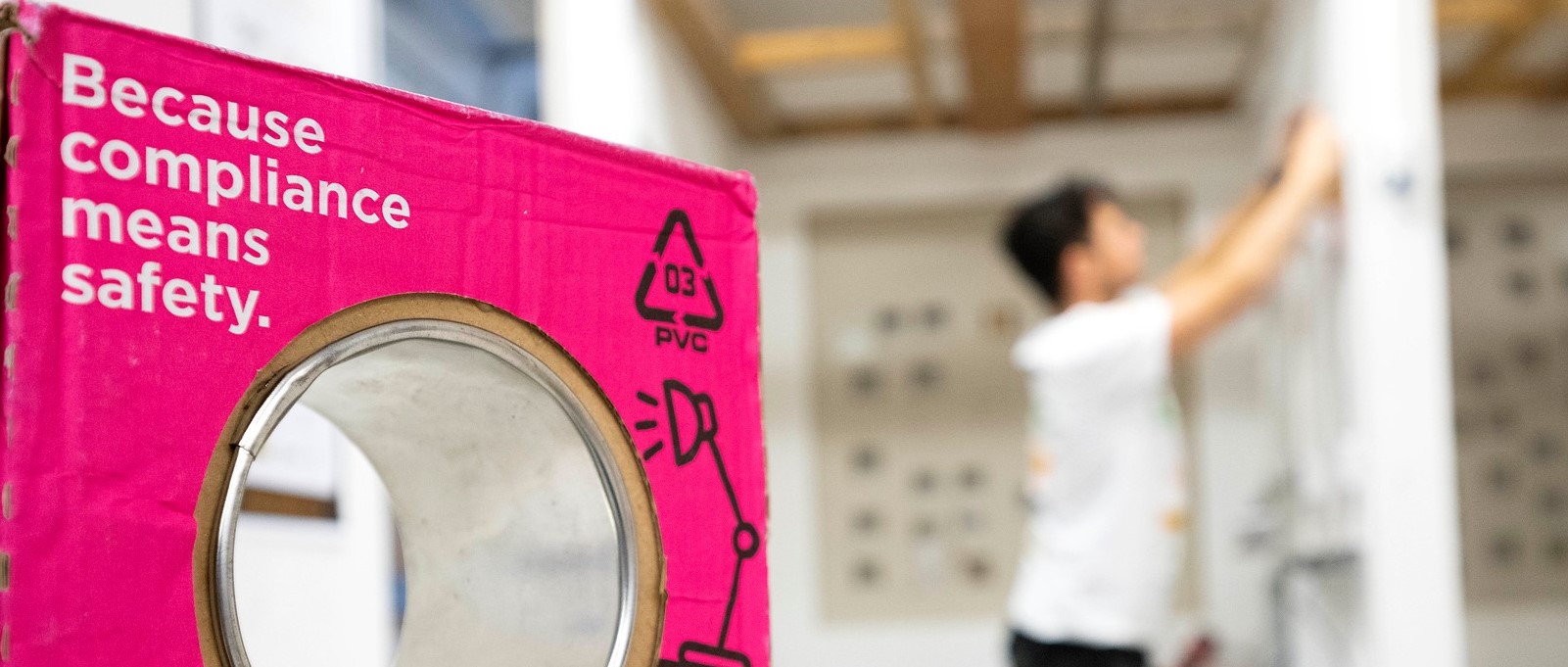Which cable is best for house wiring?
Every cable around the home has a specific use, but which is best for general house wiring?
Whether you are installing an electrical system for a new build or employed to rewire one for an existing property, it’s important to choose the right cables that ensure durability, safety, and suitability for the application concerned.
Twin and earth cables, sometimes abbreviated to T&E, are most commonly used to distribute power from a central distribution board or consumer unit connected to the electricity meter, at the point of incoming supply from the Network Provider. The T&E cable system is designed to comply with relevant wiring regulations and is usually installed in radial, ring, or spur circuit arrangements in agreement between the electrician and the client or homeowner.
Twin and earth cables are used around the home in a variety of conductor sizes, depending on the application and required circuit load. For example, 1.0-1.5mm2 is commonly used for lighting and switching, 2.5mm2 is typically used for the mains sockets and 6 or 10mm² is often used to supply induction hobs, electric ovens, or electric showers. Which cable size to use should be calculated and decided by an experienced professional of course. The Prysmian tool, CableApp, provides the professional with an easy-to-use tool that accurately calculates cable sizes using the current ratings and correction factor tables in Appendix 4 of BS 7671, the wiring regulations.
Why is it called twin and earth?
“Twin” refers to the two insulated conductors or ‘cores’ that are enclosed in a single sheath. The outer sheath, sometimes called ‘jacket’ helps to reduce damage to the cores caused by mechanical impact during installation and operation.
"Earth" relates to the circuit protective conductor (CPC) which is the uninsulated bare copper conductor positioned between the two insulated cores. The CPC in each T&E cable forms the return path for fault currents on the system. These CPCs are all connected to the ‘Earth’ termination in the consumer unit and allow the fault current to flow to earth and let the RCD do its job.
Twin and earth is also known as 6242Y, which is the designated coding given to it by the Cable Makers Association. However, more recently it has become a legacy term.
Prysmian twin and earth cable

T&E cables are the ideal choice for each of the three circuit types and Prysmian twin and earth is readily available across the UK. Prysmian twin and earth cable, also known as Prysmian 6242Y, is a grey flat, PVC insulated, and PVC sheathed general wiring cable. The cable features two insulated cores and one bare copper CPC encased within a single, flat outer sheath.
Prysmian twin and earth is ideal for ring and radial circuits, as well as lighting and switching circuits. The cable is suitable for fixed installation in walls, clipped direct, in conduit, trunking or embedded in plaster for small power and lighting applications. Prysmian T&E cables can be used in similar applications in small office buildings and light commercial applications.
It meets British Standard BS 6004 which specifies the requirements and test methods for the construction and performance of cables that have PVC insulation of rated voltage 300/500 V and are intended for electric power and lighting.
If you’re looking for general internal power cables for a residential property, then Prysmian twin and earth cables should be your first choice. Prysmian has been producing twin and earth cables for many years and are experts in the design and manufacture of this cable.
Visit our dedicated Prysmian twin and earth page for more information.



